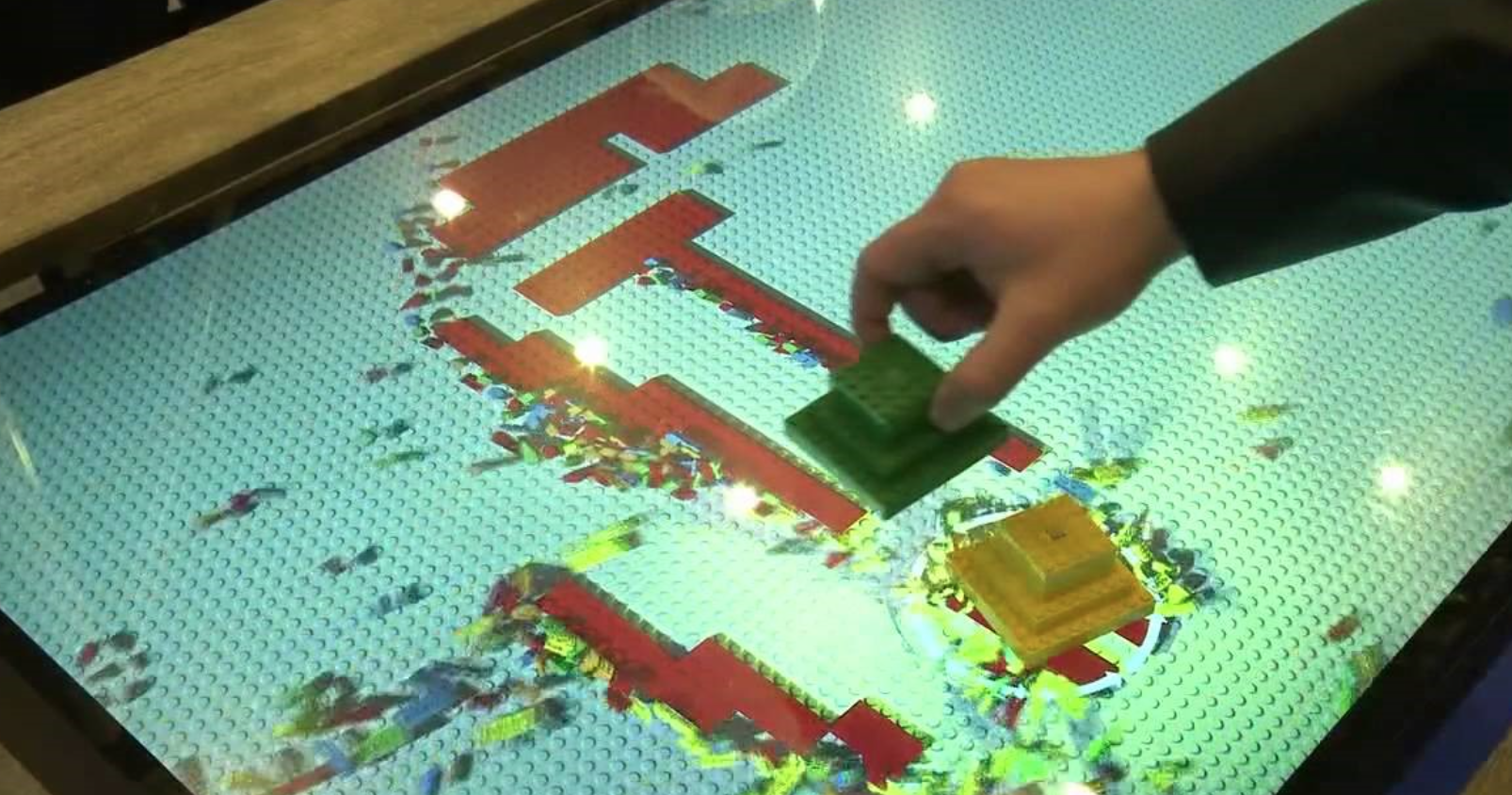A workshop in connection with ACM Creativity and Cognition 2015. To participate, please send a position paper (2-4 pages in the SIGCHI research paper format) to Kim Halskov: halskov@cavi.au.dk. The deadline is June 3rd.
Workshop topic
Blended Interaction combine the virtues of physical and digital products and systems. This approach is well suited for developing digital support for creative work practices that acknowledge the benefits of current analogue tools and practices, so that the desired properties of each are preserved. This workshop will investigate how Blended Interaction Spaces can support, augment and potentially transform creative work practices. Specifically we examine the following themes to advance research on IT supported creative practices:
- Individual and social creative activities
- Creativity methods
- Emergence and transformation of design ideas
- Generative design materials
- Creativity constraints
1. Individual and social creative activities
While creativity research has historically focused on the individual lone-genius creator that notion has recently been challenged by researchers arguing for team-based creativity. We pose the thesis that the individual vs. social creation dichotomy is artificial: real-life creativity almost always takes place in both spheres, albeit at different times.
How can Blended Interaction Spaces facilitate seamless integration of individual creative sessions (e.g. using iPads and mobile phones) with collaborative ones (e.g. using wall sized displays in combination with iPads), hereby allowing for ideas to travel across platforms and contextual boundaries?
2. Creativity methods
A number of interaction design methods support ideation and creativity, however, few traditional creativity methods are supported by digital means. We wish to explore the potential for doing so, as well as discuss the pros and cons of using it to support creativity methods.
How, and to which extent, can creativity methods be supported and/or augmented by Blended Interaction Spaces, and how can new methods harness the potentials of Blended Interaction Spaces?
3. Emergence and transformation of design ideas
Design ideas often emerge from specific sources of inspiration, and are shaped through negotiation and transformation mediated by design artefacts. While ideation is central to the development of novel interaction concepts that pervade the CHI community, little has been done to examine how ideation and concept development can be supported via IT. Likewise, there are few digital tools that can help researchers explore the emergence and transformation of ideas through a design process and thus provide richer data for understanding the creative process, which in turn could lead to the development of more fruitful methods and tools to support it.
How can we develop Blended Interaction Spaces to support creativity methods, and how can we track and analyse the emergence of design ideas and the transformation of design ideas across devices in Blended Interaction Spaces?
4. Generative design materials
Schön coined the term generative metaphors, generative in the sense that “it generated new perceptions, explanations, and inventions”. Based on experiences from our own work, and supported by insights from the field of creativity studies, we suggest extending the concept to generative design materials, i.e. digital and physical artifacts that, when employed in a design process, support the development and refinement of design concepts.
How can generative design materials, digital as well as physical, spur ideation and create momentum in a creative process? What are the differences between using digital and physical materials for this end, and how can we combine the two in meaningful ways?
5. Creativity constraints
Leading creativity scholars argue that constraints are integral to the creative process; in spite of this, research into constraints has been limited and it will therefore be at the vanguard of future creativity research. Although constraints act as obstructions in a process by determining what cannot be done, they also give rise to new opportunities and inspire creative breakthroughs.
What is the nature of creativity constraints and how can they be balanced and managed in a creative process?
Submission
We invite submissions of positions papers as 2-4 pages PDF documents following the SIGCHI research paper format. Submissions need to address the main topic of the workshop as well as one or more of the key themes outlined above. Selection of participants will be based on the relevance of the position papers with regards to the theme and key issues of the workshop.
Please direct queries and submissions to Kim Halskov: halskov@cavi.au.dk
The submission deadline is extended to June 3rd 2015.
At least one author of each accepted position paper must register for the workshop: https://cc15.cityofglasgowcollege.ac.uk/creativity-and-cognition-2015
Organizers
Peter Dalsgaard — CAVI and PIT, Aarhus University
Kim Halskov — CAVI and PIT, Aarhus University
Wendy Mackay — in|situ|, Universite Paris-Sud
Neil Maiden — Centre for Creativity in Professional Practice, City University London
Jean-Bernard Martens — Concept Lab, Technische Universiteit Eindhoven
